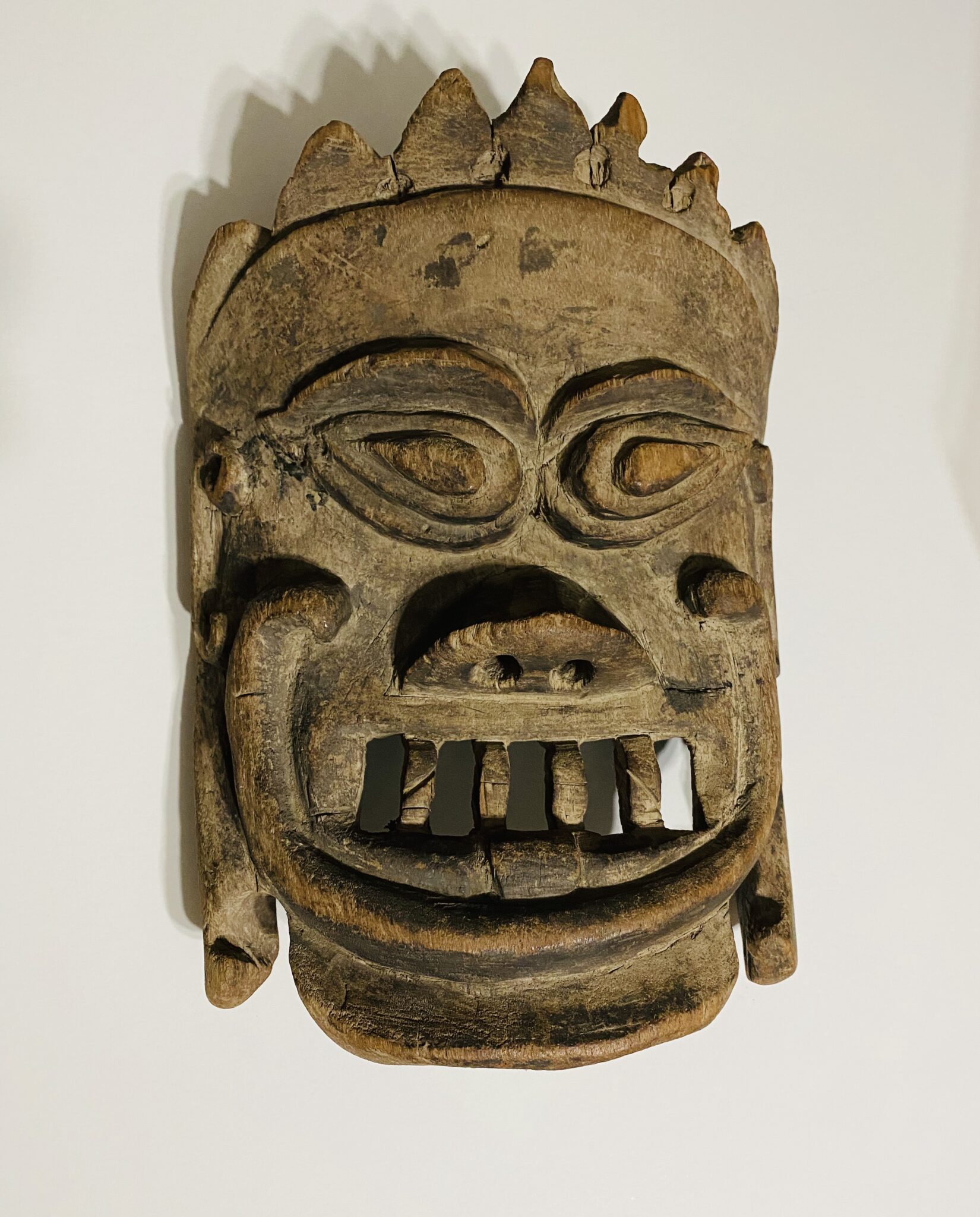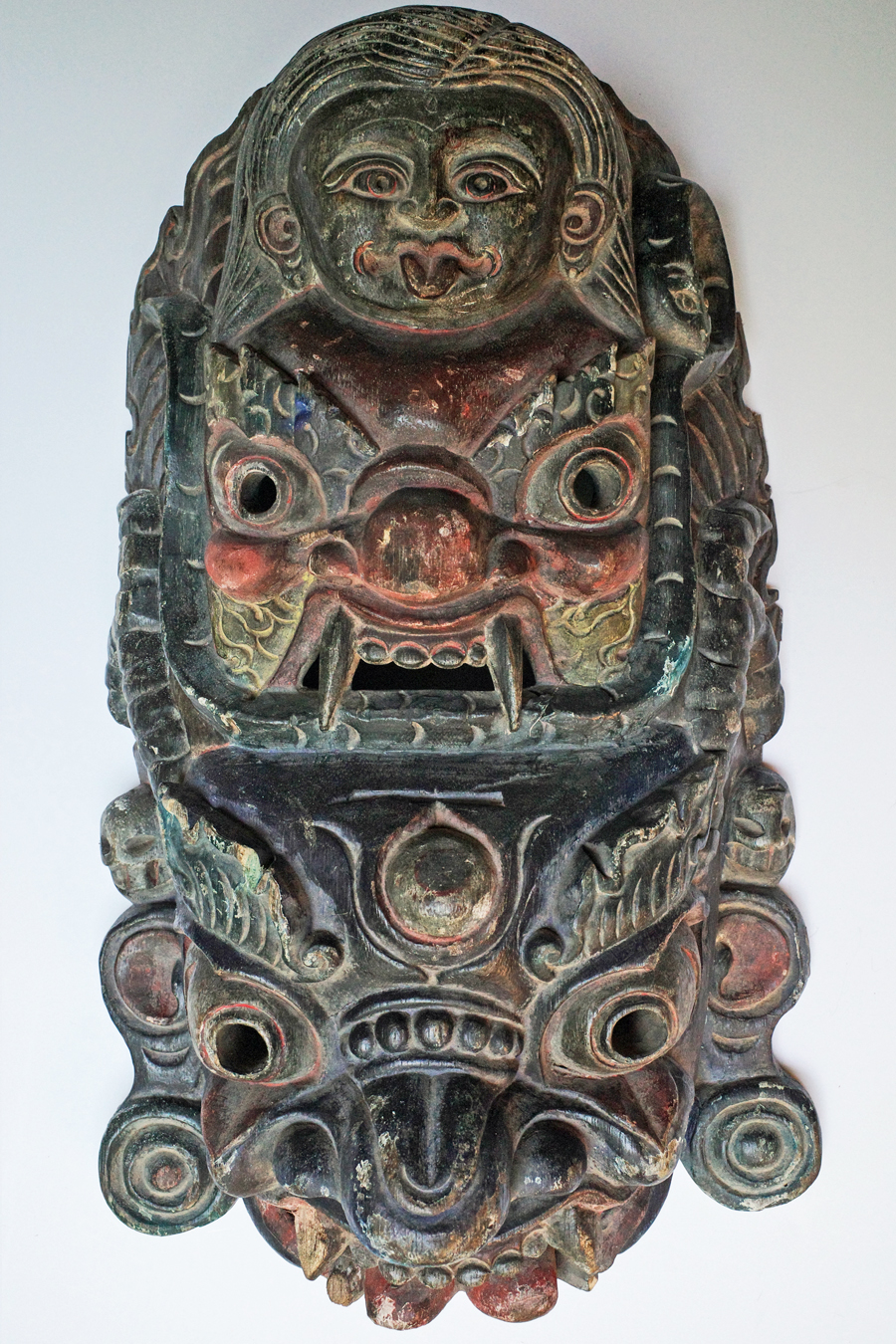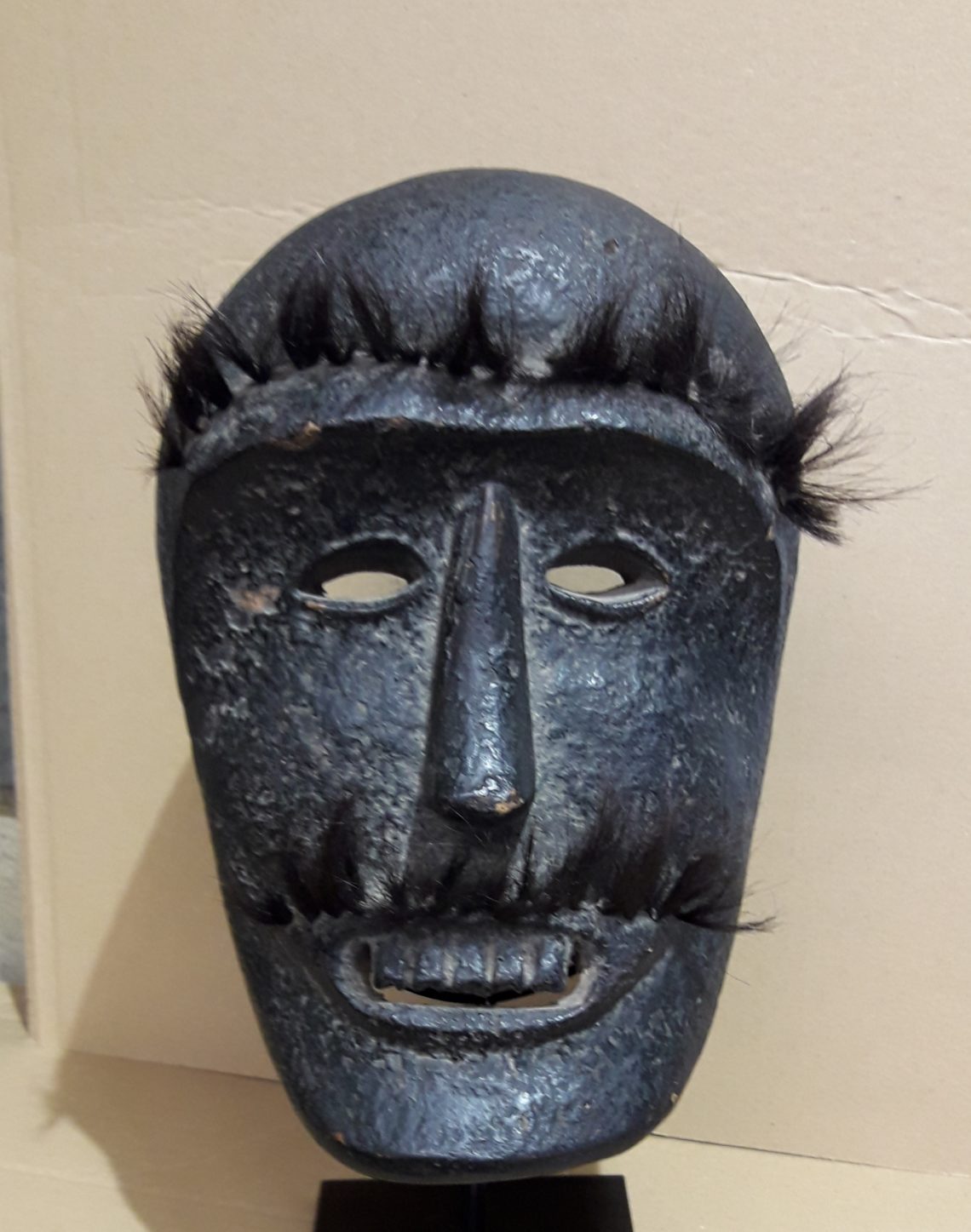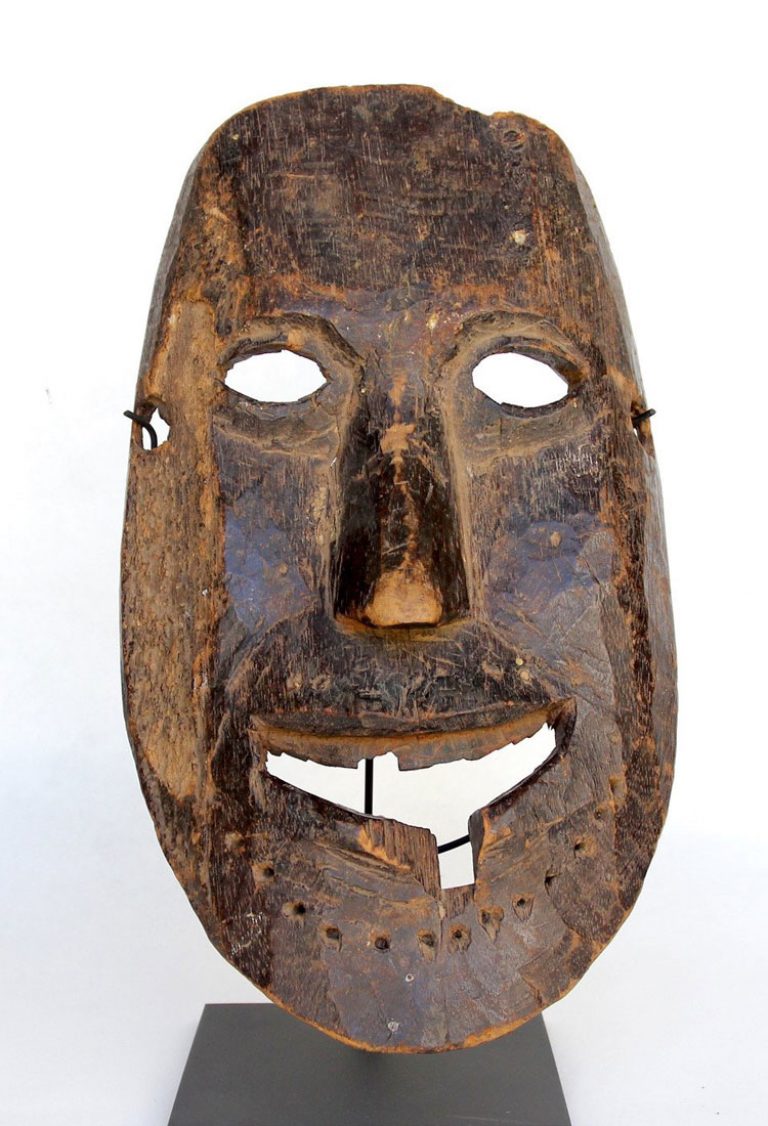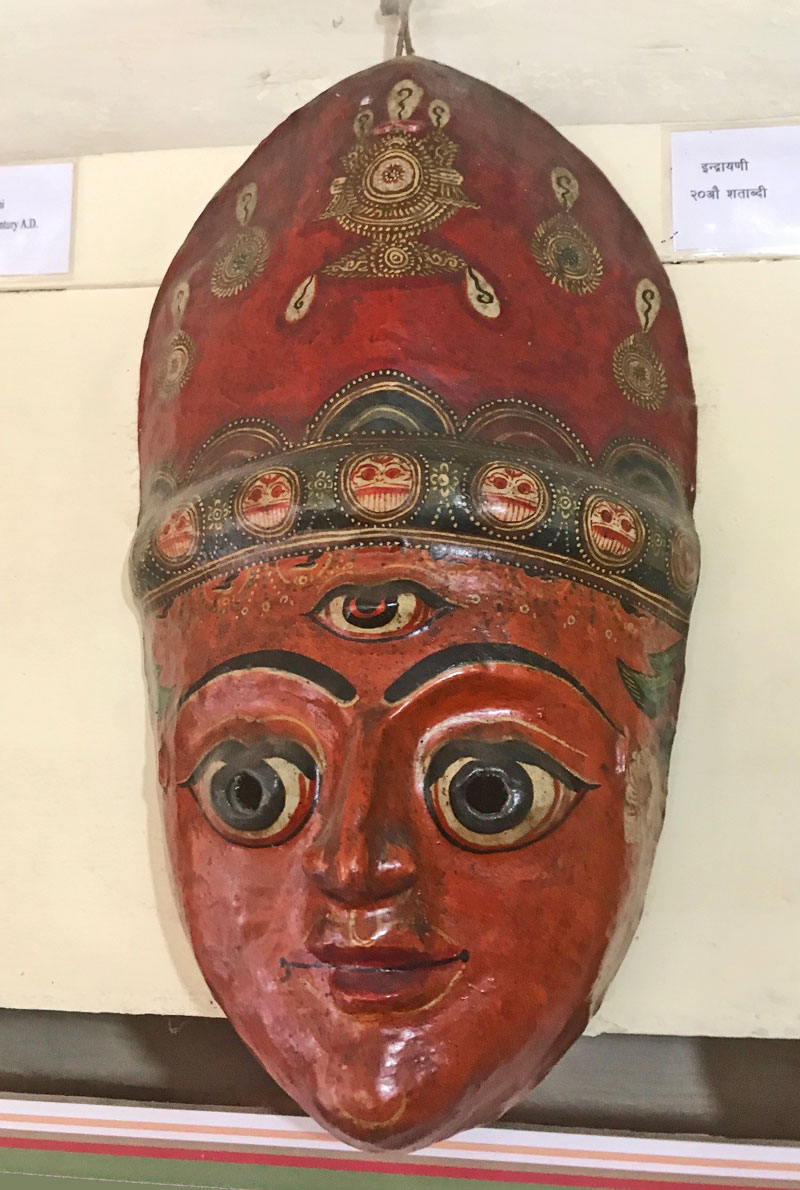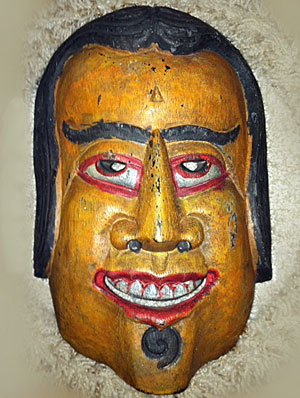Nepalese Masks
Nestled in the majestic Himalayas, Nepal is a vibrant nation with a rich cultural heritage that spans millennia. One of the most distinctive and cherished aspects of Nepalese culture is the art of mask-making, which has been preserved through generations and holds a deep significance for the people of this region. These Nepalese masks, with their elaborate designs and cultural symbolism, have captivated the interest of collectors and enthusiasts around the globe. In this article, we will delve into the various factors that make Nepalese masks desirable by exploring the culture of the peoples of Nepal.
Cultural Significance
The diverse ethnic groups in Nepal, including the Newar, Sherpa, and Tamang, each have their own unique customs and traditions. Masks are an essential part of these cultures, used in various ceremonies, rituals, and dance performances. In the Newar community, for example, the Mahakali Naach is a dance performance that showcases a fascinating array of masks, representing different deities and spirits. By wearing these masks, performers establish a connection with the divine, bringing to life the stories and legends of their ancestors.
Artistry and Craftsmanship
The craftsmanship that goes into creating Nepalese masks is a skill passed down through generations. Artisans use various materials such as wood, clay, and metal to create these intricate works of art. The process begins with the selection of suitable materials, followed by meticulous carving, painting, and the addition of ornamental details such as beads, fabric, and other embellishments.
The level of detail and expertise required to create these masks is truly remarkable, with each piece taking weeks or even months to complete. This dedication and skill make Nepalese masks highly sought after by collectors and enthusiasts, as they represent a tangible link to the cultural history of this region.
Symbolism and Spirituality
The symbolism in Nepalese masks often reflects the spiritual beliefs and religious practices of the various communities within the country. These masks frequently represent deities, mythological creatures, and ancestors, serving as a bridge between the physical and spiritual realms.
In the Newar community, for example, masks of Bhairava and Bhairavi, fierce manifestations of Shiva and Parvati, are used during the Indra Jatra festival to protect the city and its people from negative forces. Through the use of these masks in ritual dances and ceremonies, the people of Nepal reaffirm the balance between the divine and the human world, maintaining harmony in their communities.
Nepalese masks are not just captivating works of art; they are an embodiment of the rich cultural tapestry that makes Nepal such a fascinating country. The craftsmanship and skill involved in their creation are testaments to the dedication and passion of the artisans who have preserved this art form for generations. Their profound cultural symbolism and spiritual significance make these masks truly desirable for collectors and enthusiasts alike. By appreciating and celebrating the art of Nepalese masks, we not only preserve an essential aspect of Nepal's cultural heritage but also deepen our understanding of the diverse tapestry of human expression.
